Decision Architect - Structured Decision-Making Support
Hello! Ready to think and solve problems together?
AI-powered Decision-Making Insight
How would you break down this goal?
Can you create a mind map for this project?
I need a decision tree for this problem.
What questions do you have about this task?
Get Embed Code
Introduction to Decision Architect
Decision Architect is designed as an advanced problem-solving and decision-making support system. Its core functionality revolves around guiding users through a structured process to make well-informed decisions. This involves a comprehensive approach, starting from problem identification, through data collection, analysis, solution exploration, and evaluation, to the final decision recommendation. For instance, consider a business looking to expand its operations. Decision Architect would help by breaking down the problem into smaller components, such as market analysis, cost estimation, and risk assessment, then exploring and evaluating potential expansion strategies. Powered by ChatGPT-4o。

Main Functions of Decision Architect
Problem Description and Decomposition
Example
Assists in articulating and breaking down complex decisions into manageable parts.
Scenario
A company facing declining sales can use Decision Architect to isolate and analyze factors such as product quality, market competition, and customer satisfaction.
Information Gathering and Key Factor Identification
Example
Facilitates the collection of relevant data and identification of critical decision factors.
Scenario
For an individual considering a career change, Decision Architect could help identify important factors such as industry growth, job satisfaction, and salary expectations.
Solution Exploration and Evaluation
Example
Explores possible solutions and evaluates them based on set criteria.
Scenario
An organization looking to improve employee well-being might use Decision Architect to assess various initiatives like flexible working hours, wellness programs, and team-building activities.
Final Decision Recommendation
Example
Ranks solutions and provides detailed assessments, including advantages and disadvantages.
Scenario
A government agency deciding on an environmental policy could leverage Decision Architect to compare options such as renewable energy incentives, carbon pricing, and conservation efforts.
Ideal Users of Decision Architect Services
Business Executives and Managers
These professionals often face complex decisions involving multiple variables and uncertainty. Decision Architect can help them systematically approach decision-making, enhancing strategic planning and operational efficiency.
Policy Makers and Government Officials
For those in public service, making decisions that affect public welfare and resource allocation requires careful consideration of numerous factors. Decision Architect offers a structured framework for evaluating policy options and their potential impacts.
Individuals Facing Major Life Decisions
Whether it's a career move, financial investment, or education choice, Decision Architect can assist individuals in navigating these pivotal decisions by clarifying options and outcomes.

How to Use Decision Architect
1
Start by visiting yeschat.ai to access a free trial of Decision Architect without the need for login or subscribing to ChatGPT Plus.
2
Select a problem or decision-making scenario you need assistance with, from personal decisions to complex business challenges.
3
Use the provided text box to describe your issue or question in detail to allow Decision Architect to understand the context and specifics.
4
Follow the step-by-step process provided by Decision Architect, which guides you through information gathering, thought chain construction, solution evaluation, and more.
5
Review the final decision recommendation, including a detailed assessment report with advantages, disadvantages, and a ranked list of solutions for informed decision-making.
Try other advanced and practical GPTs
Decision Assistant
Empower Decisions with AI Insight
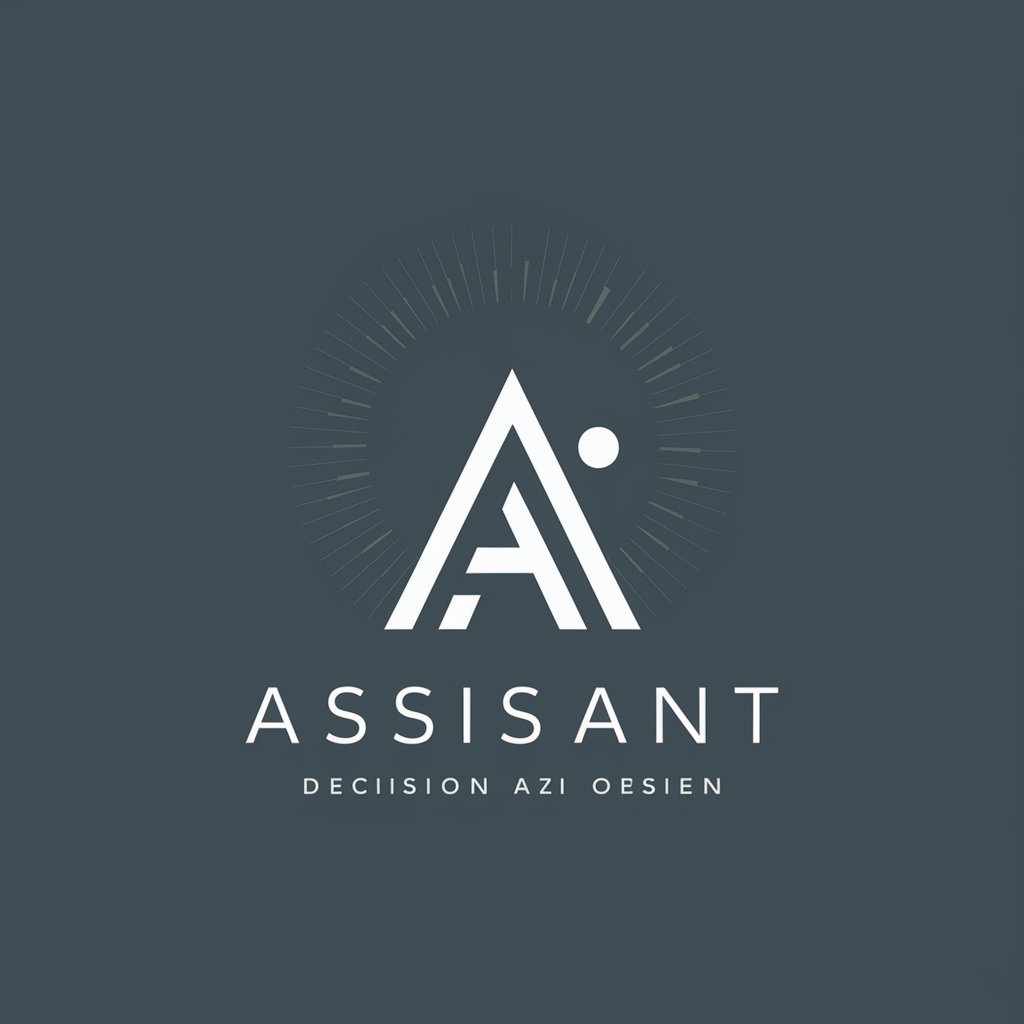
Decision Compass
Illuminate Bias, Empower Decisions
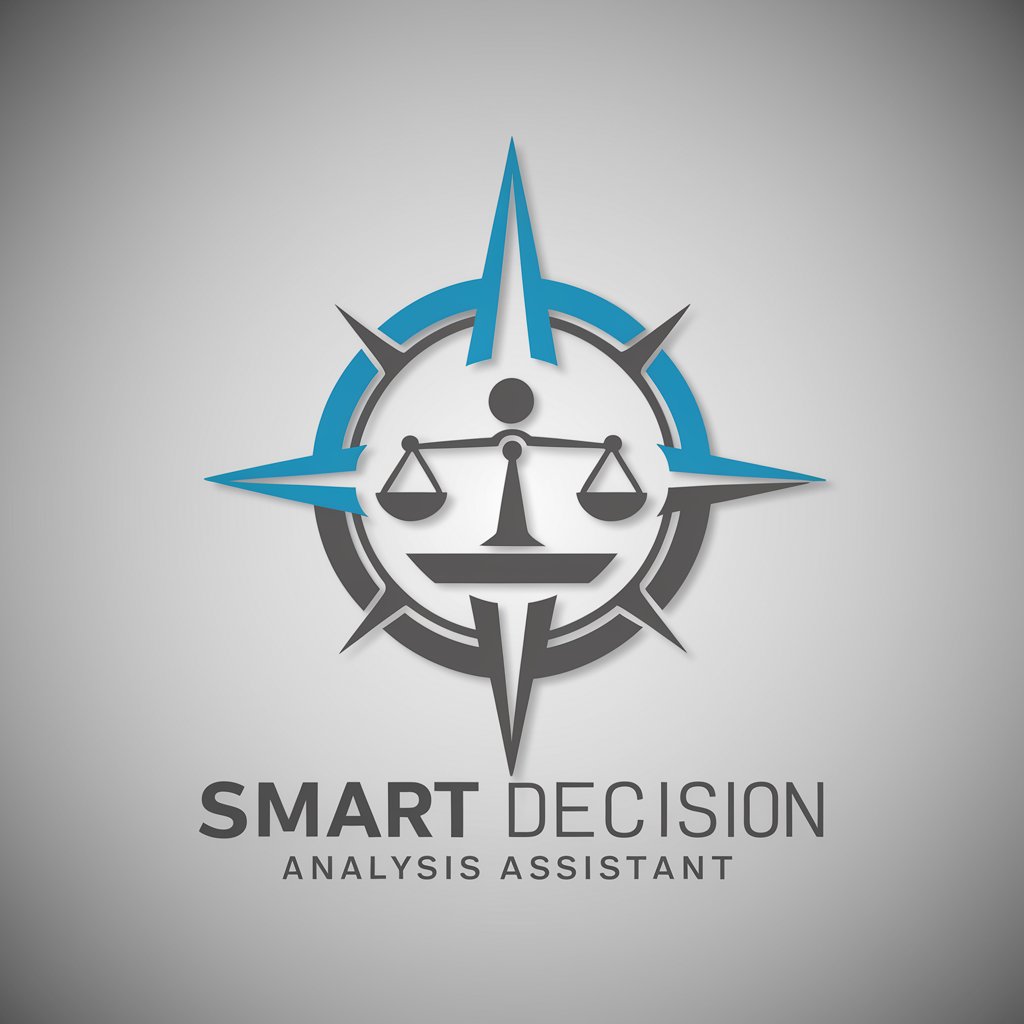
Decision Maker
Empowering Decisions with AI
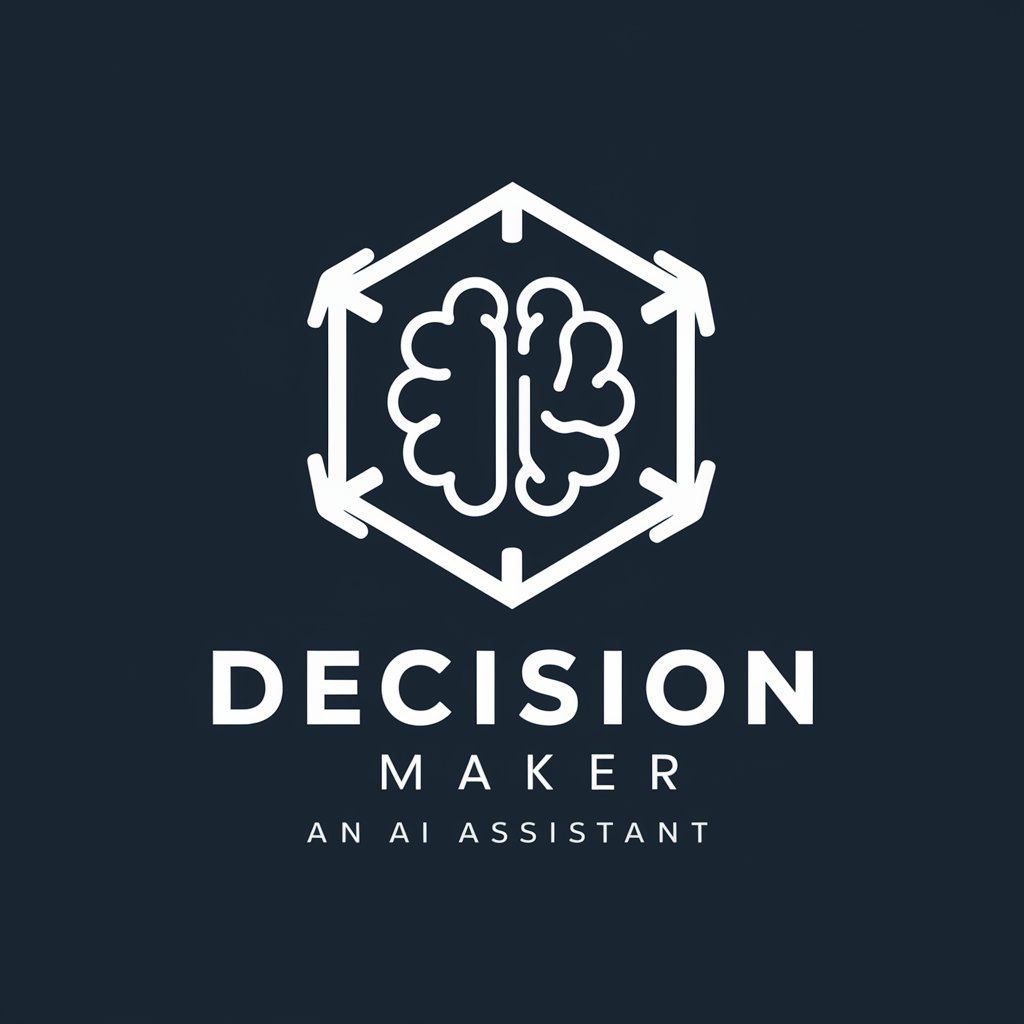
Decision Helper
Empowering Decisions with AI Insight

Decision Helper
Power Your Decisions with AI

Decision Navigator
Empower Your Choices with AI
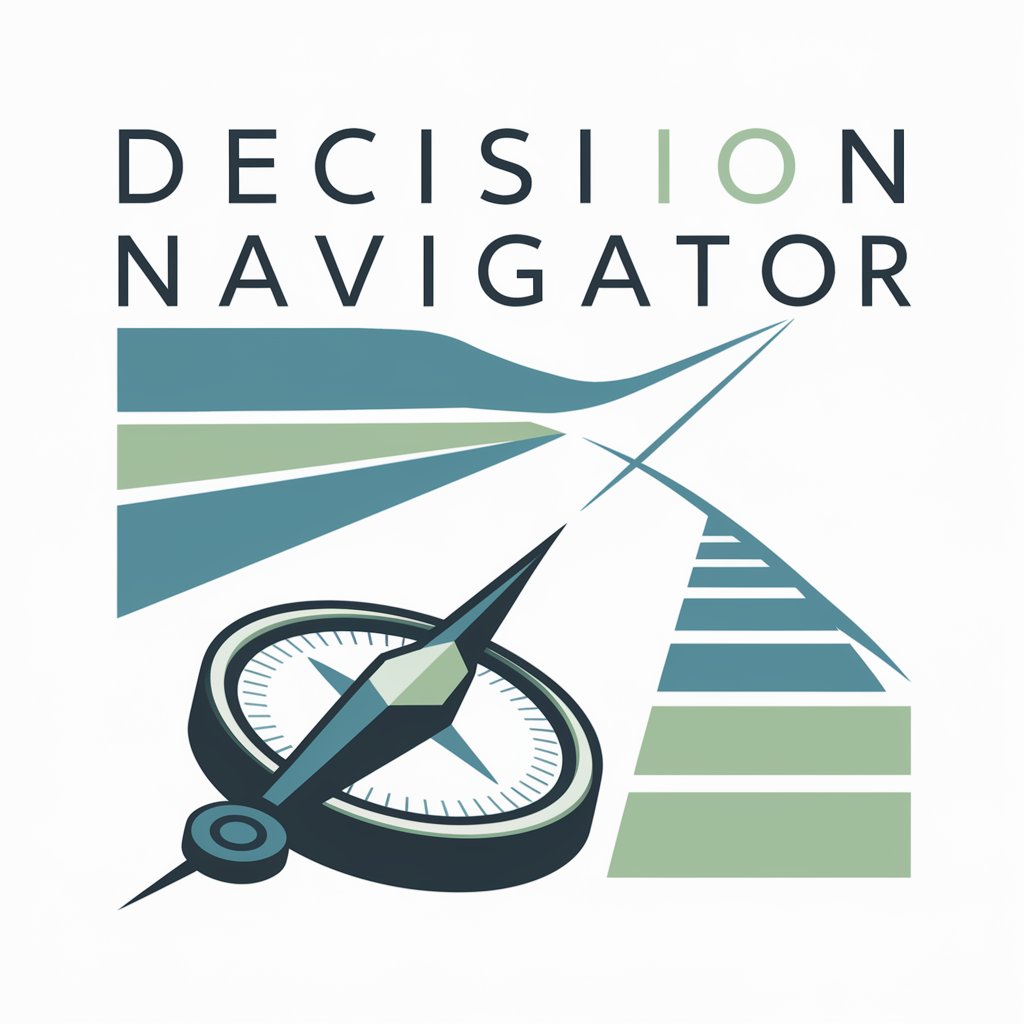
Number Select IMAGE LABS
Artistry at Your Fingertips

2nd info for your time to select
Quick Insights from Complex Content
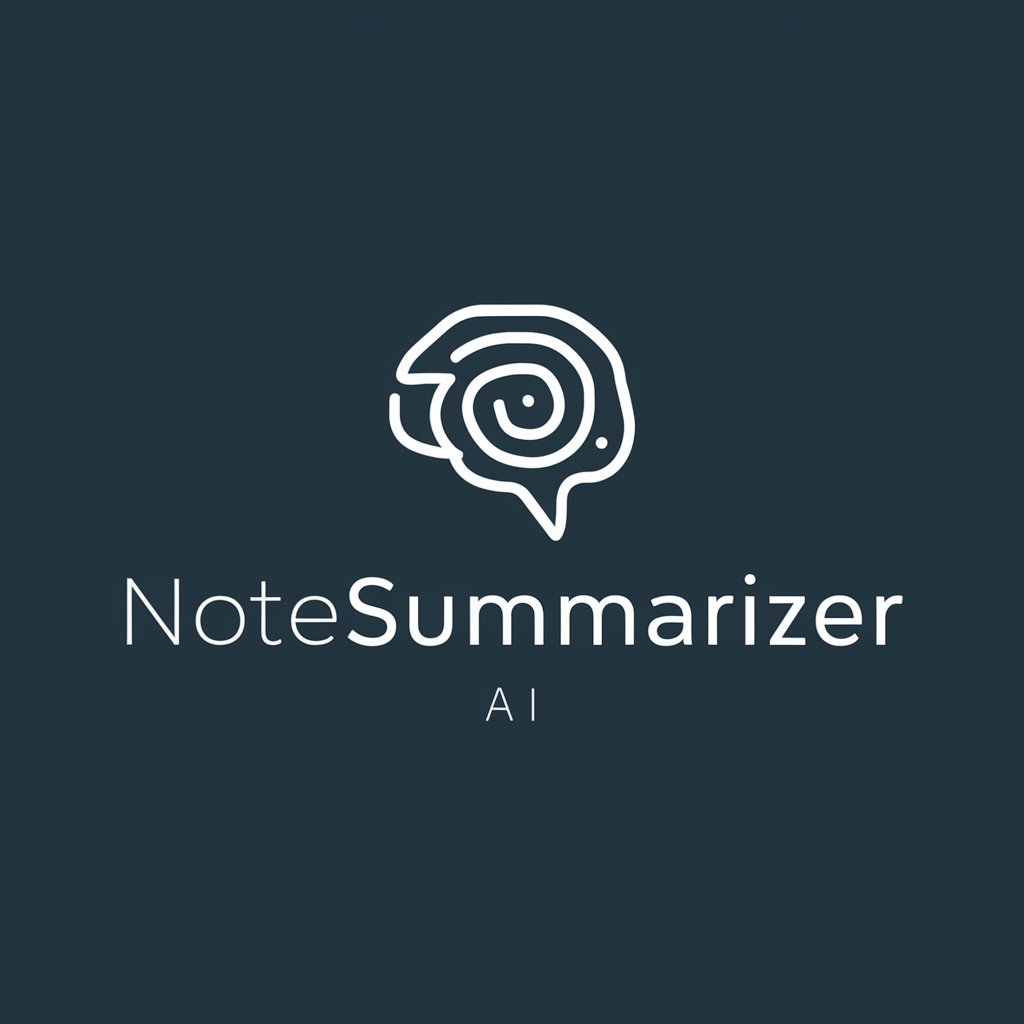
Income Innovator
Elevate Your Earnings with AI

Income Advisor
Empowering Your Designs with AI

Income Innovator
Powering income strategies with AI

Income Strategist
Empowering Financial Decisions with AI

Frequently Asked Questions about Decision Architect
What is Decision Architect?
Decision Architect is a tool designed to assist users in structured decision-making and problem-solving. It employs a methodical approach, guiding users through information gathering, analysis, and evaluation to arrive at comprehensive solutions.
Who can benefit from using Decision Architect?
Individuals and organizations facing complex decisions or problem-solving scenarios can benefit. This includes managers, strategists, students, and anyone seeking a structured approach to decision-making.
Can Decision Architect help with personal decisions?
Yes, Decision Architect is versatile and can assist with a wide range of decisions, from personal life choices to academic and professional decisions.
How does Decision Architect ensure the confidentiality of my data?
Decision Architect is designed with privacy in mind, ensuring that user inputs and decision-making data are processed securely, maintaining confidentiality and integrity.
What makes Decision Architect unique compared to other AI tools?
Its methodical, step-by-step approach to decision-making and problem-solving sets it apart. It focuses on structured analysis, evaluation, and recommendation, providing a detailed assessment report for informed decision-making.
